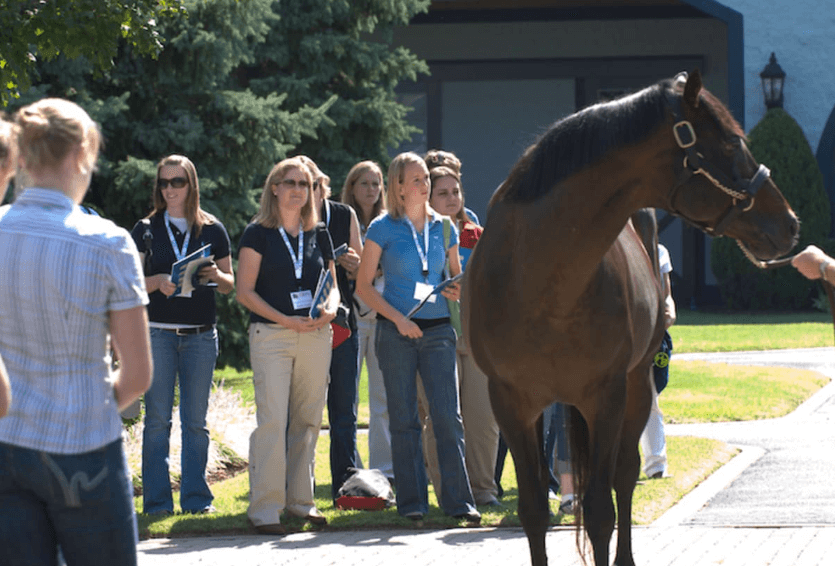Horse racing exemplifies the intersection of biology and physics in a competitive environment. The performance of equines relies on complex factors, including muscle fiber composition and aerobic efficiency. Additionally, advancements in technology provide critical insights into training and race strategies. Understanding these elements raises questions about optimizing speed and performance. What implications do these scientific principles have for the future of horse racing?
The Biology of Equine Performance
The intricate biology of equine performance encompasses various physiological systems that contribute to a horse’s speed and endurance on the racetrack.
Key factors include muscle composition, where a higher proportion of fast-twitch fibers enhances sprinting ability, and aerobic capacity, which facilitates sustained exertion.
These elements are critical in determining a horse’s overall performance, enabling them to excel in competitive environments.
Physics of Speed: Understanding the Dynamics of Racing
Understanding the physics of speed in horse racing requires an examination of the forces and principles that govern the movement of these animals on the racetrack.
Force dynamics, friction analysis, and acceleration factors interplay to dictate speed measurement. Additionally, aerodynamic effects significantly influence performance, while energy transfer optimizes each stride, ultimately determining the horse’s efficacy in achieving maximum velocity and competitive advantage.
Technological Innovations in Training and Analysis
As advancements in technology reshape the landscape of horse racing, innovative training and analysis methods emerge to enhance performance metrics and optimize training regimens.
Wearable technology, such as heart rate monitors and GPS trackers, provides real-time data on a horse’s physiological responses.
Furthermore, training simulations utilize sophisticated algorithms to replicate race conditions, enabling trainers to refine tactics and improve overall performance effectively.
See also: Horse Racing and the Role of Veterinarians in the Sport
Predicting Outcomes: The Role of Data in Horse Racing
How can data-driven insights transform the way outcomes are predicted in horse racing?
By employing advanced data analytics and sophisticated racing algorithms, analysts can dissect vast amounts of performance metrics, track conditions, and historical data.
This quantitative approach enhances predictive accuracy, allowing stakeholders to make informed decisions.
Ultimately, such methodologies empower bettors and trainers, fostering a more transparent and equitable racing environment.
Conclusion
In the exhilarating world of horse racing, the fusion of biology and physics creates a spectacle of unparalleled speed, where mere mortals witness equine athletes defy the very limits of nature. With cutting-edge technology transforming training methodologies into a symphony of data-driven insights, every gallop becomes a calculated masterpiece. As trainers harness these scientific revelations, the quest for speed transcends mere competition, propelling the sport into a realm where champions are born and legends are forged in the blink of an eye.




 Horse Racing and the Science of Speed and Agility
Horse Racing and the Science of Speed and Agility